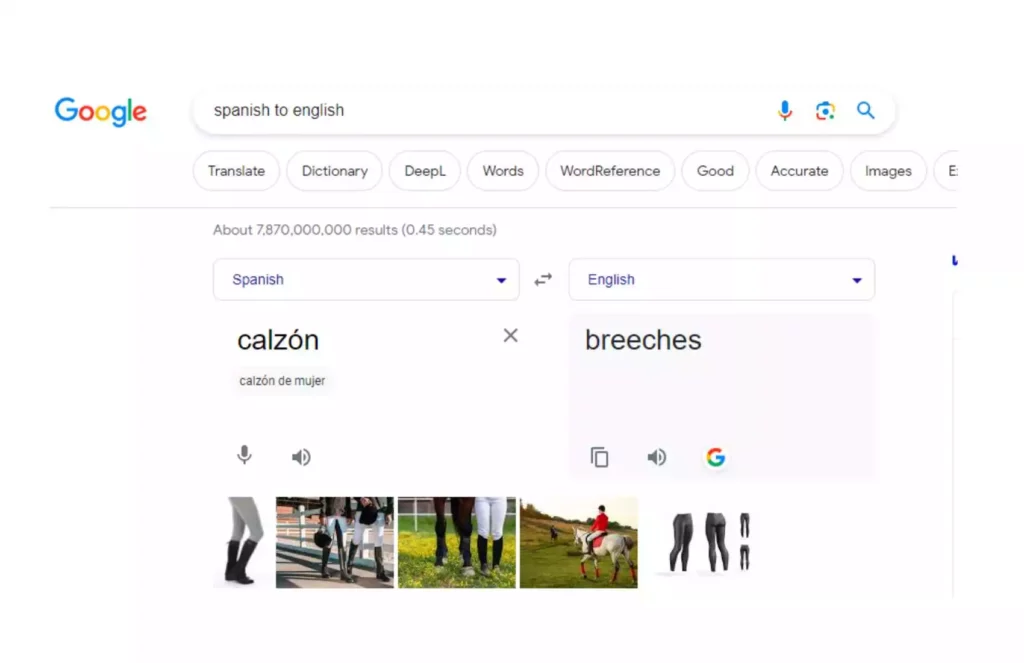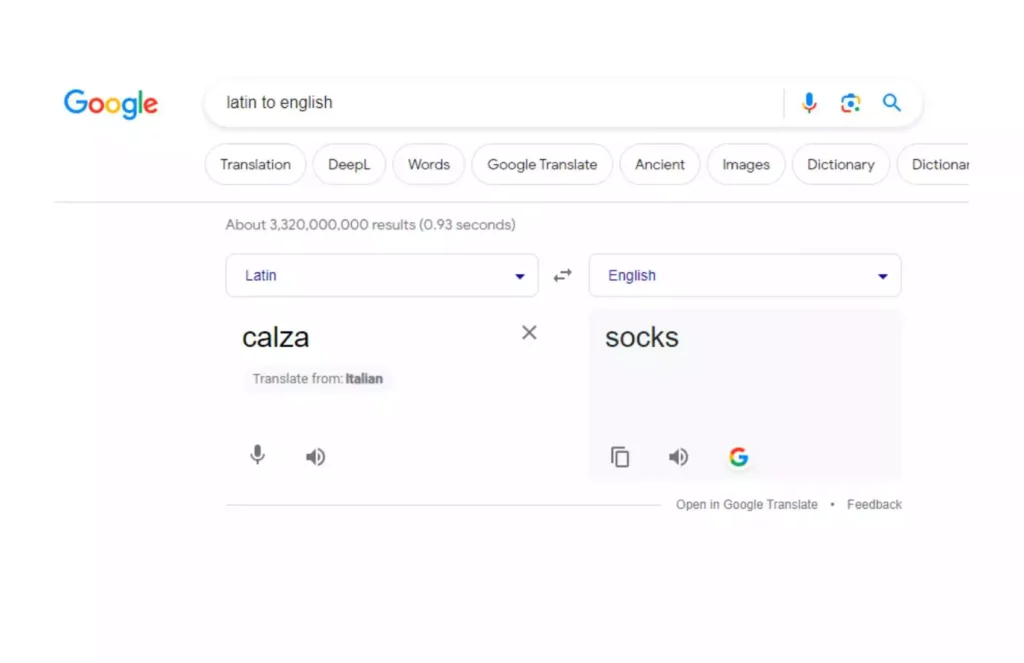When it comes to exploring the nuances of language, it’s fascinating to uncover how similar-sounding words can have vastly different meanings across different cultures. One such example is the word “calzone.”
Many might associate it with the delicious Italian folded pizza, the term takes on a unique meaning in the Spanish language, spelled slightly differently as “calzón” and pronounced as “kal·son.”
In this blog post, you’ll learn about the Spanish definition of “calzón,” shedding light on its intriguing significance.
Calzón in Spanish: The Basics

In Spanish, “calzón” refers to an item of clothing, intimately familiar to most people—underwear or, more specifically, men’s underwear. This term encompasses a wide range of undergarments, including briefs, boxers, and other similar clothing articles designed to be worn beneath one’s outer clothing.
While “calzón” primarily denotes men’s underwear, it can also be used more broadly to refer to women’s undergarments as “calzón de mujer” or specify a particular type, such as “calzón largo” (long underwear) or “calzón de baño” (swim trunks).
Usage and Context
The word “calzón” is a part of everyday conversation and is not considered vulgar or inappropriate. When discussing clothing or dressing, it’s essential to understand this term’s usage and context.
Here are a few examples:
- “Me olvidé de empacar mis calzones.” (I forgot to pack my underwear.)
- “Necesito comprar nuevos calzones.” (I need to buy new underwear.)
- “Los calzones largos son ideales para el invierno.” (Long underwear is ideal for winter.)
- “Los calzones de baño deben secarse al sol.” (Swim trunks should be dried in the sun.)
It’s worth noting that in different Spanish-speaking regions, there may be variations in the vocabulary used to describe underwear, but “calzón” is generally understood throughout the Spanish-speaking world.
Etymology
The word “calzón” in Spanish can be traced back to its Latin origins. It’s derived from the Latin word “calceus,” which meant a shoe or footwear. Over time, this term evolved to refer to clothing items that are worn on the lower part of the body, including both trousers and underwear.
The transition from footwear to underwear likely occurred due to the historical practice of wearing leggings or garments on the legs, which were later simplified into the modern concept of underwear.
Why do Italians Use Calzone to Refer to their Dish?

The word “calzone” itself has Italian roots and is derived from the word “calza,” which means, “sockc,” “stocking” or “trouser leg.” This term was historically used to describe various folded or wrapped items, including clothing and food items. Over time, it became associated with a folded or enclosed pizza.
Language can evolve over time, and words can take on new meanings or associations. In the case of “calzone,” it evolved from its original meaning of “stocking” or “trouser leg” to refer to a specific culinary creation—the folded pizza turnover.
In short, Italians use the term “calzone” to refer to their dish because the word has evolved to encompass this particular, folded culinary creation, making it a distinctive and delicious part of Italian cuisine.
What’s the Spanish Word for Referring Italian Dish, Calzone?
Though the word, “calzón” refers to undergarments in Spanish, yet to refer to the Italian folded pizza, “calzone,” they use the same word, “calzone.” They know what they mean by “calzón” and when to use “calzone.”
In Conclusion
The word “calzón” in Spanish may sound quite similar to its Italian counterpart “calzone,” which refers to a savory folded pizza. However, the meanings of these words couldn’t be more different. In Spanish, “calzón” is an everyday term used to describe various types of underwear, while in Italian, “calzone” is a delightful culinary creation.
Next time you find yourself discussing clothing or undergarments in Spanish, you’ll know precisely what “calzón” means and its significance in the language.








